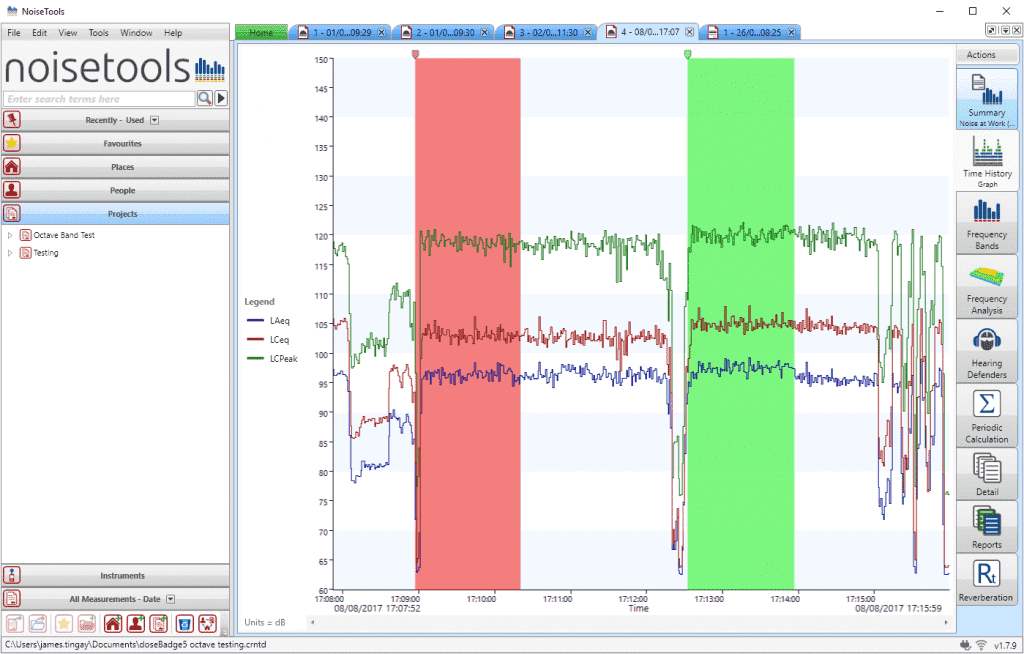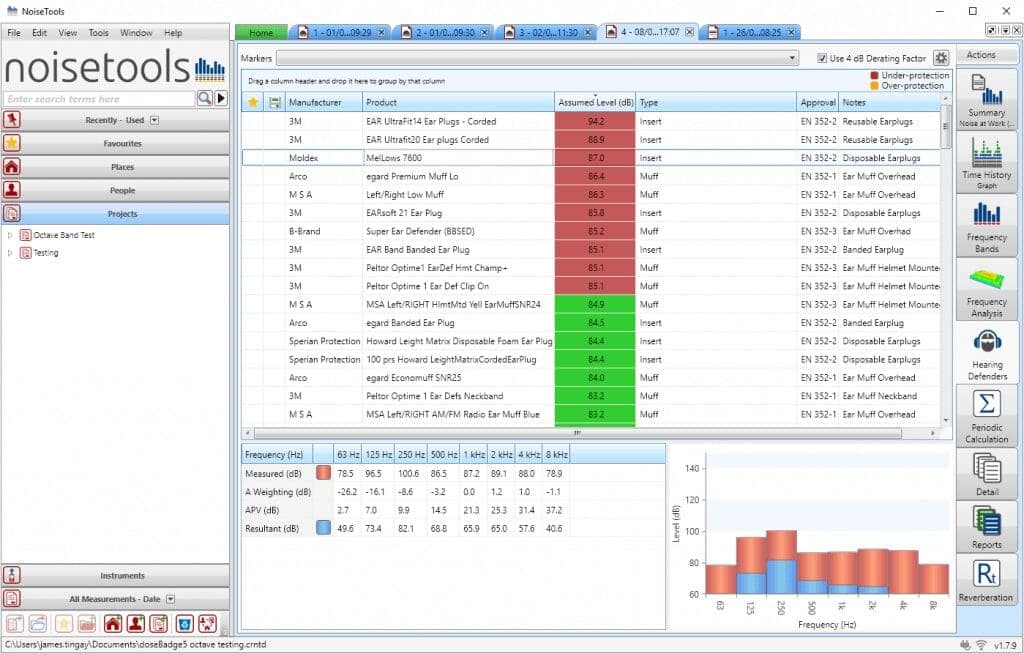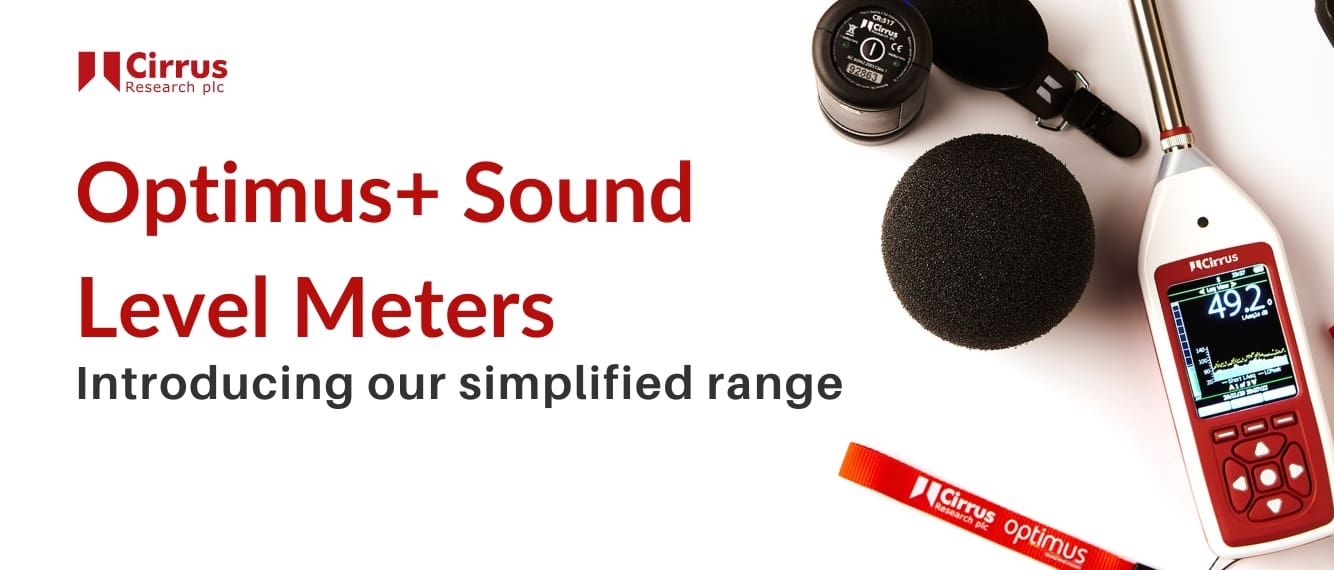We’re pleased to announce that the Cirrus doseBadge5 Noise Dosimeter now includes 1:1 Octave Band Filters as standard*, adding to the already comprehensive set of measurement data that the unique doseBadge5 can provide.
The doseBadge5 is already the best specified dosimeter available with multiple measurement channels, comprehensive data logging, Bluetooth® wireless communications and all of the unique features of the previous generations of the original wireless noise dosimeter.
The addition of octave band filters advances the doseBadge5 further to provide a truly unique product that provides all of the information needed for the measurement, analysis and control of occupational noise exposure.
What’s been added to the doseBadge5?
The key feature that has been added to the doseBadge5 in the update is the ability to measure and store the frequency content of the noise in 1:1 octave bands from 63Hz to 8kHz throughout a measurement, storing both the overall levels in each band alongside detailed time history, or noise profile, data.
Traditionally, a noise dosimeter would have only given the noise exposure in terms of an overall value such as an LAeq. As instrumentation developed to meet new regulations and standards, functions such as LCPeak and LCeq were added as well as data logging giving users a detailed view of how the noise levels varied throughout the measurement.
The new doseBadge5 added the ability to measure up to 4 independent channels of data (or integrators) alongside 2 Peak channels as well as the measurement of maximum levels across all channels.
This new update to the doseBadge5 allows the instrument to provide not only the noise exposure in terms of an overall level but also in terms of the frequency content of the noise. Alongside the overall noise exposure data is the unweighted Leq in each octave band from 63Hz to 8kHz but in addition to this, the doseBadge5 also gives the frequency information in detail, typically sampled at a rate of 1 second.
By providing not only the overall data but the detailed 1 second information as well, the doseBadge5 can be used with the NoiseTools software to determine the most appropriate hearing protection for both the entire measurement and for specific noise sources.
In the example below, a measurement made with the doseBadge5 has been divided into sections and these marked as different noise sources:

Different noise sources marked in NoiseTools
Individual noise sources within a long measurement can be identified and marked using the Markers tools in the NoiseTools software. For example, the person being measured may have been using a range of different power tools throughout the day, each of which will have a different frequency signature. It may be that the hearing protection that is suitable for one tool may not provide sufficient protection, or may even over protect, when used with a different tool.
By identifying and marking these different noise sources, the NoiseTools software can run the hearing selection calculation against all marked sections, allowing a suitable product to be selected for all highlighted areas.

Hearing protection calculated for the whole measurement
The new filters meet the requirements of the latest standards for filters on a noise measurement instrument, IEC 61260-1:2014 Class 2 and ANSI S1.11-2014 Class 2, and cover the range of 70dB to 140dB.
The Octave Bands can be disabled as required through the NoiseTools software, allowing the battery life to be maximised or where long measurements are needed.
A new version of the NoiseTools software will be released to support these new features and this will add further capabilities to the software.
For more information, please visit the doseBadge5 on our website or call us on +44 1723 891655 and we will be pleased to help.



